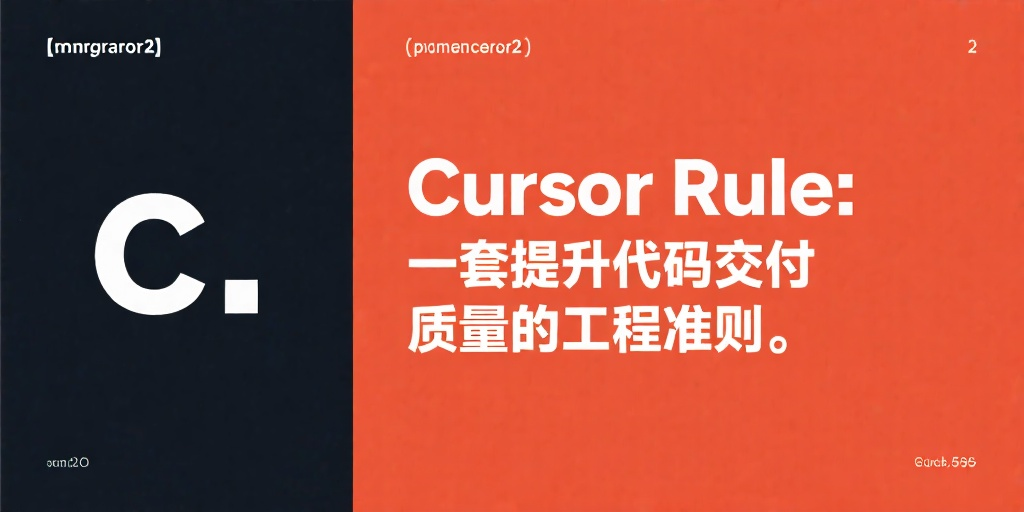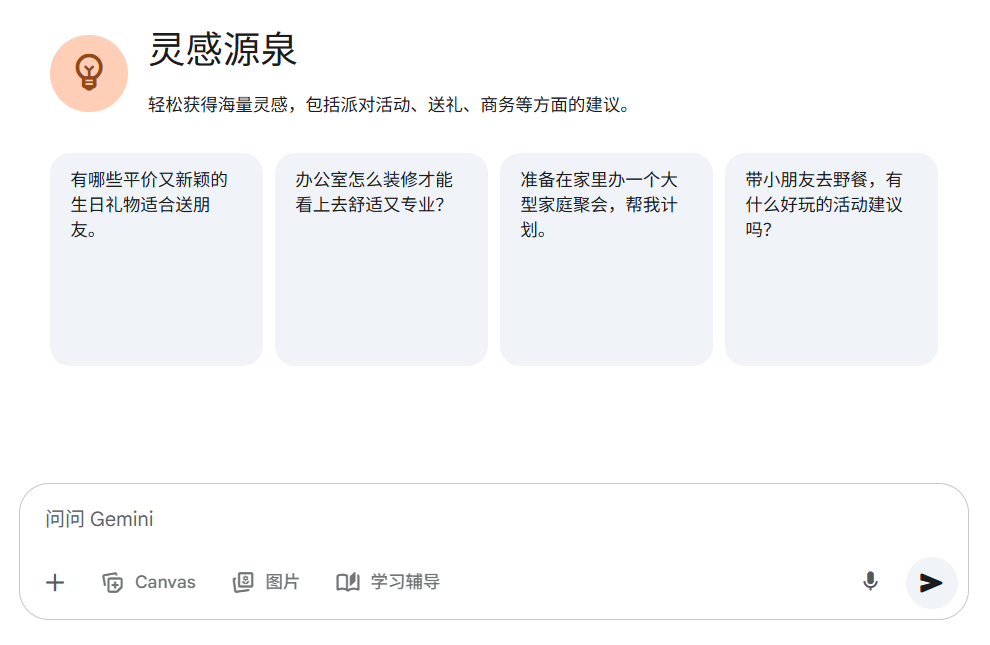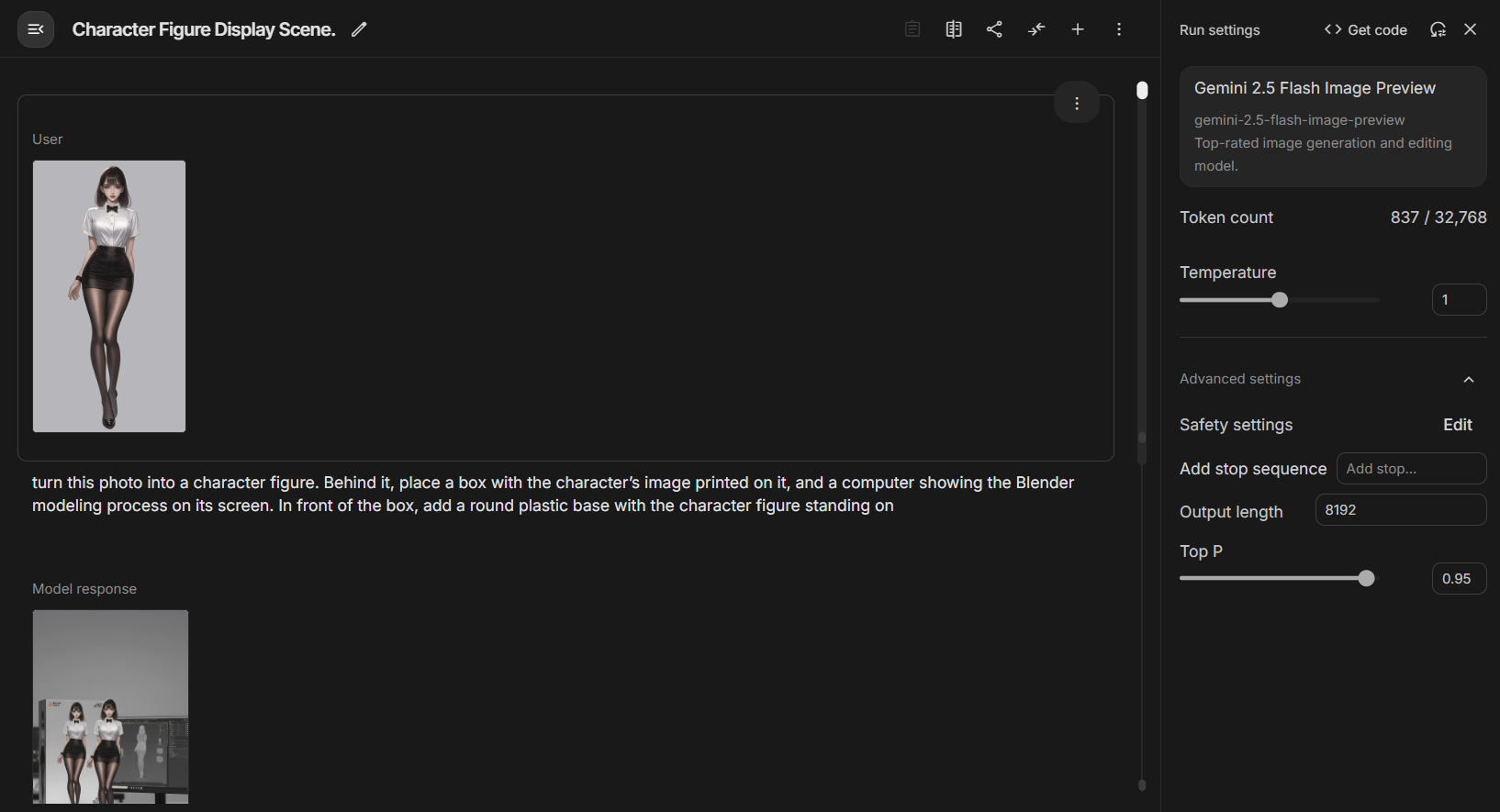A common challenge in software engineering is: how to achieve fast, efficient feature delivery without sacrificing code quality? Many teams have introduced complex processes for this purpose, but the results are often unsatisfactory. Recently, a set of processes known as Cursor Rule 's Task Execution Guidelines provide a succinct and practical solution. This set of rules is not a disruptive innovation, but rather a systematic compendium and distillation of the excellent habits that senior engineers have internalized in their daily work.
Its core philosophy is clear: every code commit should be made with surgical precision and the scope of the change should be tightly controlled so as not to introduce unanticipated failures or unnecessary complexity.

Step 1: Plan ahead and clarify task boundaries
Before touching the code, the first task is to think and plan thoroughly. A significant difference between senior engineers and junior engineers is that the former invest more time in understanding the "why" and "what" of doing something, rather than getting down to the "how" of doing it. The first is to invest more time in understanding the "why" and "what" than the "how".
This means that the mission objectives need to be translated into a clear implementation plan. This plan should be clearly outlined:
- goal: What are the core issues to be addressed by this revision?
- realm: What specific files, functions or modules need to be touched?
- rationale: Why did you choose to modify these parts and not others?
Only when this plan clearly answers the above questions does it mean you truly understand the task. Starting coding in a hurry often leads to rework or getting sidetracked.
Step 2: Pinpoint and Minimize Code Changes
With a clear plan in place, the next step is to find the exact point in the code where the changes will be made.Cursor Rule Emphasize that the engineer's role is to solve the task at hand, not to refactor or "optimize" extraneous code on the fly.
For example, the task requires fixing a computational error in a specific API. During execution, you find some code in the file that "looks like it could be optimized". You should resist this urge at this point. Any unplanned changes can become potential points of failure. Unless the task itself is a refactoring, you should not create new abstractions or change the structure of existing code. Such "off-the-cuff" changes are typical of Scope Creep and are a common source of uncontrolled project complexity.
Step 3: Isolate changes to avoid "collateral damage"
Code modifications should be isolated, i.e., only code that is directly related to the task should be written. This means actively avoiding the following behaviors:
- Add logs or comments outside the scope of the task.
- Write non-essential test cases.
- Make formatting adjustments or variable renaming.
These behaviors, while seemingly beneficial, interfere with the focus of the Code Review (Code Review) and make it difficult for the reviewer to determine the core logic of this commit. A clean, focused code commit is respectful of the time of the rest of the team. Ensure that the new code acts like a standalone patch that can be clearly understood and verified without any disruption to existing functionality.
Step 4: Rigorous self-review and code accountability
Self-review before submitting code is a critical part of quality assurance. This step requires engineers to put themselves in the shoes of others and examine their own work.
The review should cover the following areas:
- correctness: Does the code achieve the mission objectives perfectly?
- side effects: Are there potential risks? For example, do changes to database queries impact performance? Do changes to interface signatures impact downstream services?
- consistency: Is the code style consistent with the existing code base?
A responsible engineer will proactively think about the impact of his or her modifications on the system as a whole, not just ensure that it will work in an isolated environment.
Step 5: Clear delivery and efficient synchronization of information
The final step is to summarize and deliver the results of your work. Whether in the Commit Message or in the description of the Pull Request, the changes need to be clearly articulated.
A high quality delivery note should contain:
- locomotive: Briefly describe the background and reasons for this revision.
- element: Itemize all modified documents and their core changes.
- exposures: Clearly state any known assumptions or potential risks for reviewers and testers to focus on.
This practice dramatically improves the efficiency of team collaboration. Clear deliverables allow others to quickly understand your intent, which shortens code review cycles and accelerates feature go-lives.



































